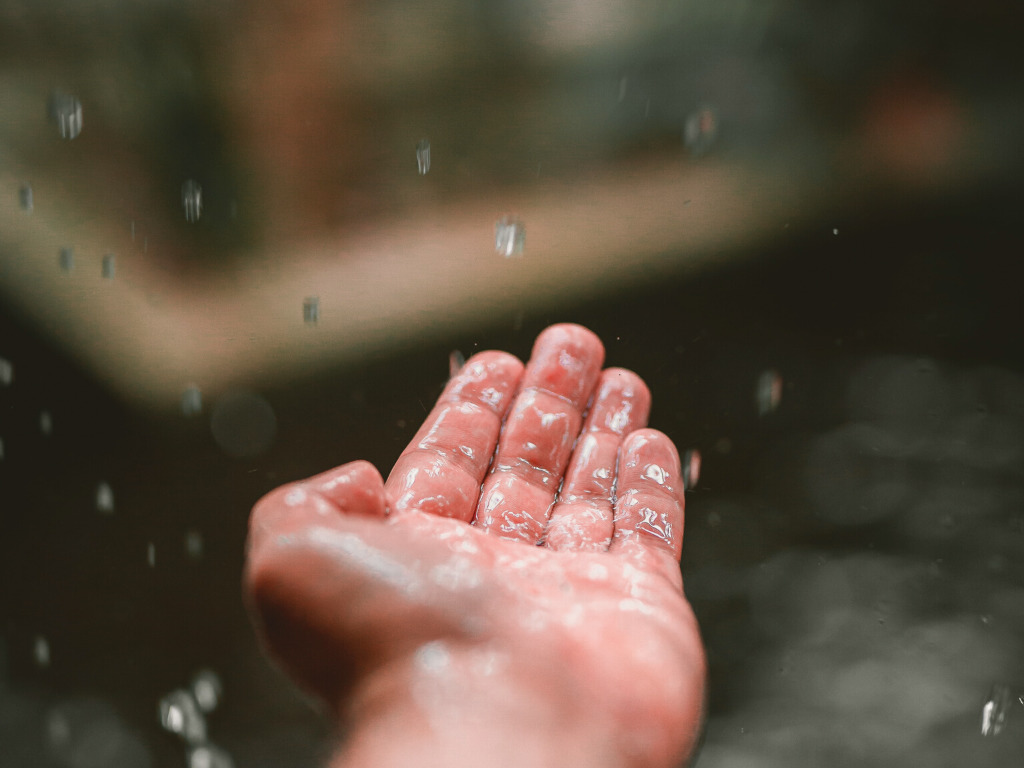3 Mins Read
Virtually all rainwater now contains unsafe levels of forever chemicals—Per- and poly-fluoroalkyl substances (PFAS)—says new research.
Reducing exposure to PFAS chemicals can help prevent the risks of metabolic and reproductive issues as well as reduce the risk of certain types of cancer.
But the chemicals found in common household items that can be replaced with nontoxic options are more pervasive than previously believed. New research, published in the journal Environmental Science and Technology, says almost all rainwater on earth contains unsafe levels of the chemicals.
The findings
Found in a range of items from nonstick cookware to stain repellants, cosmetics, and food packaging, PFAS are often called forever chemicals because they don’t break down. These persistent chemicals can build up in the body and have been linked to fertility problems, increased risk of cancer, and developmental delays in children.

“There is nowhere on Earth where the rain would be safe to drink, according to the measurements that we have taken,” Ian Cousins, a professor at the university and the lead author of the study published told AFP.
“Based on the latest US guidelines for PFOA in drinking water, rainwater everywhere would be judged unsafe to drink,” he says.
“Although in the industrial world we don’t often drink rainwater, many people around the world expect it to be safe to drink and it supplies many of our drinking water sources.”
The researchers detected PFAS levels in rainwater that exceeded drinking water guidelines by 14 times in remote parts of the world including Antarctica and Tibet often touted for their pristine environments.
‘We have made the planet inhospitable to human life’
According to Cousins, the PFAS are now “so persistent” that they will never disappear from the planet.
“We have made the planet inhospitable to human life by irreversibly contaminating it now so that nothing is clean anymore. And to the point that’s it’s not clean enough to be safe”, he said. “We have crossed a planetary boundary.”

Despite their persistence, efforts to reduce exposure to PFAS have been successful, the researchers note. Over the last 20 years, PFAS levels in humans have decreased, but ambient levels in the environment have stayed the same.
“What’s changed is the guidelines. They’ve gone down millions of times since the early 2000s, because we’ve learned more about the toxicity of these substances,” Cousins said. He says everyday exposure can’t be avoided, “we’re just going to have to live with it,” he said.
“But it’s not a great situation to be in, where we’ve contaminated the environment to the point where background exposure is not really safe.”



